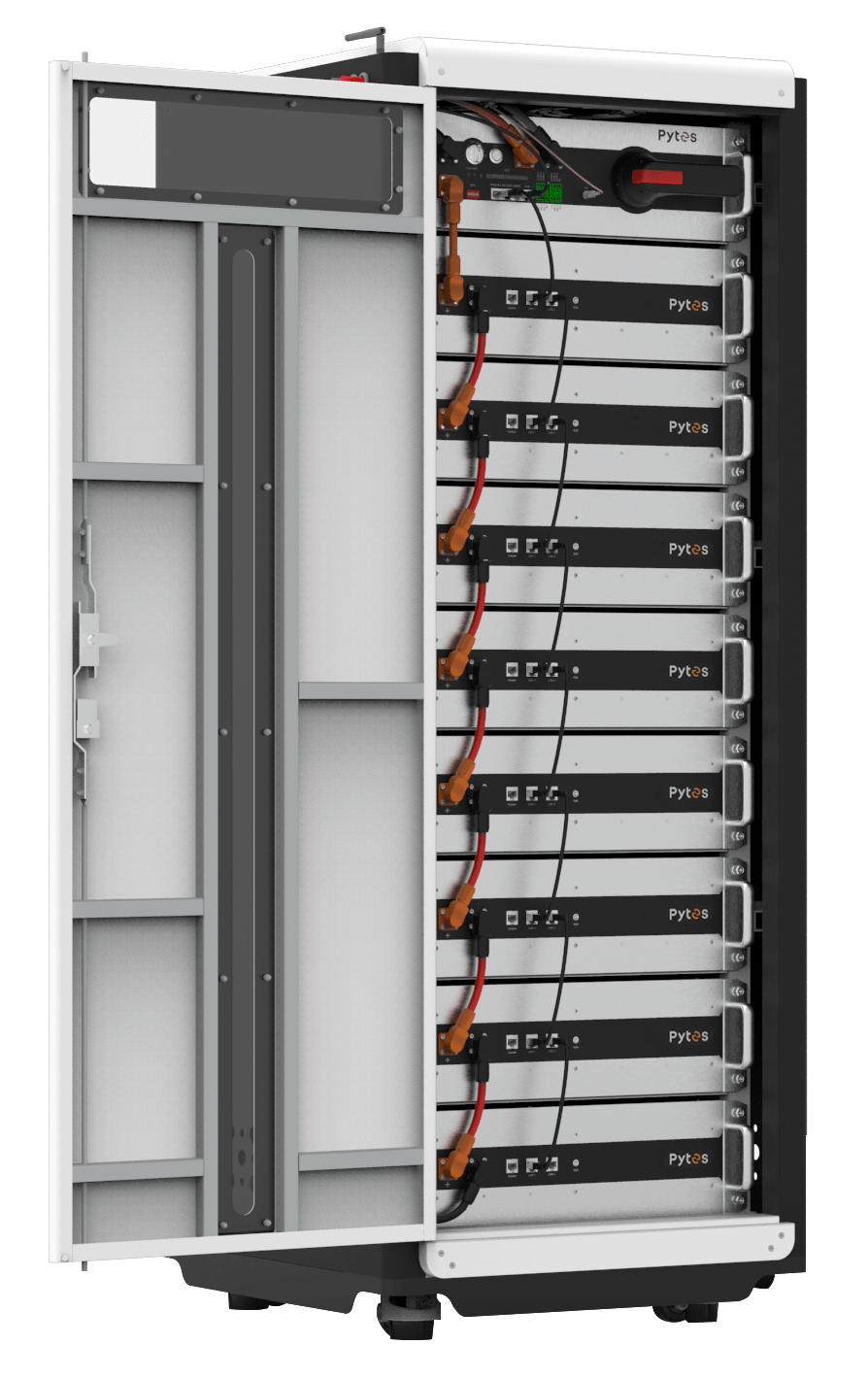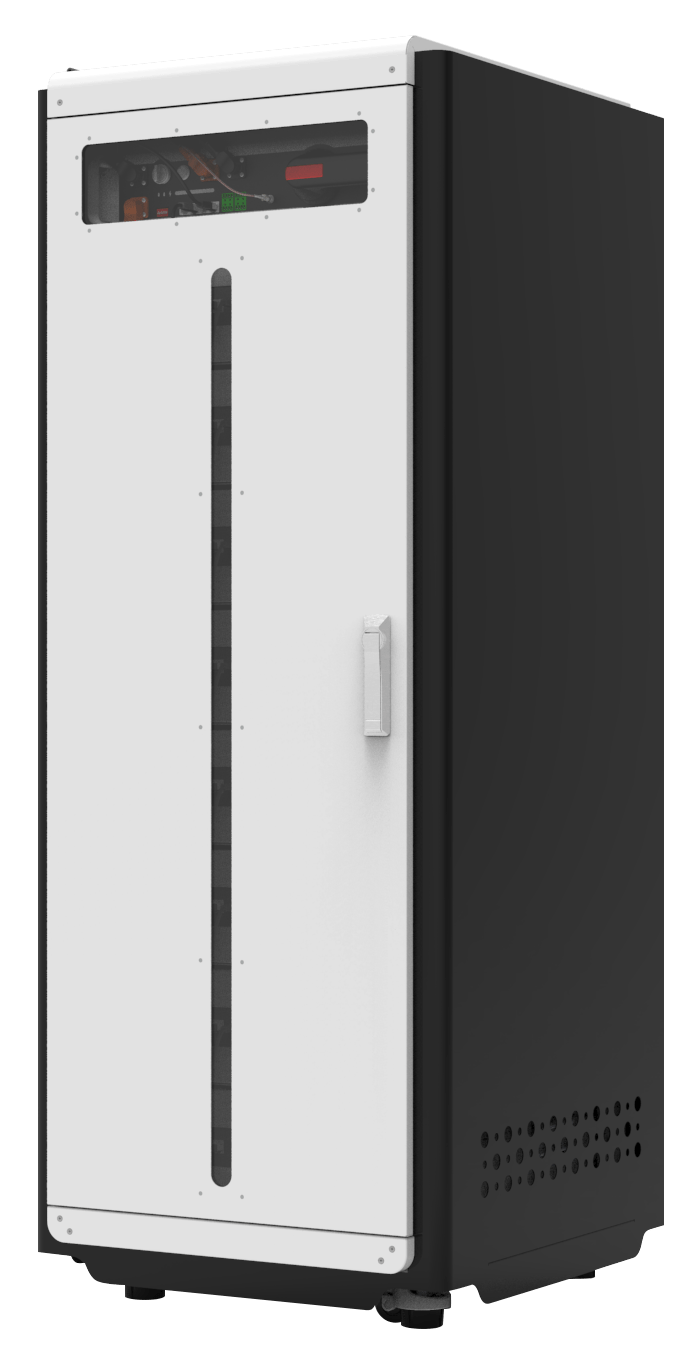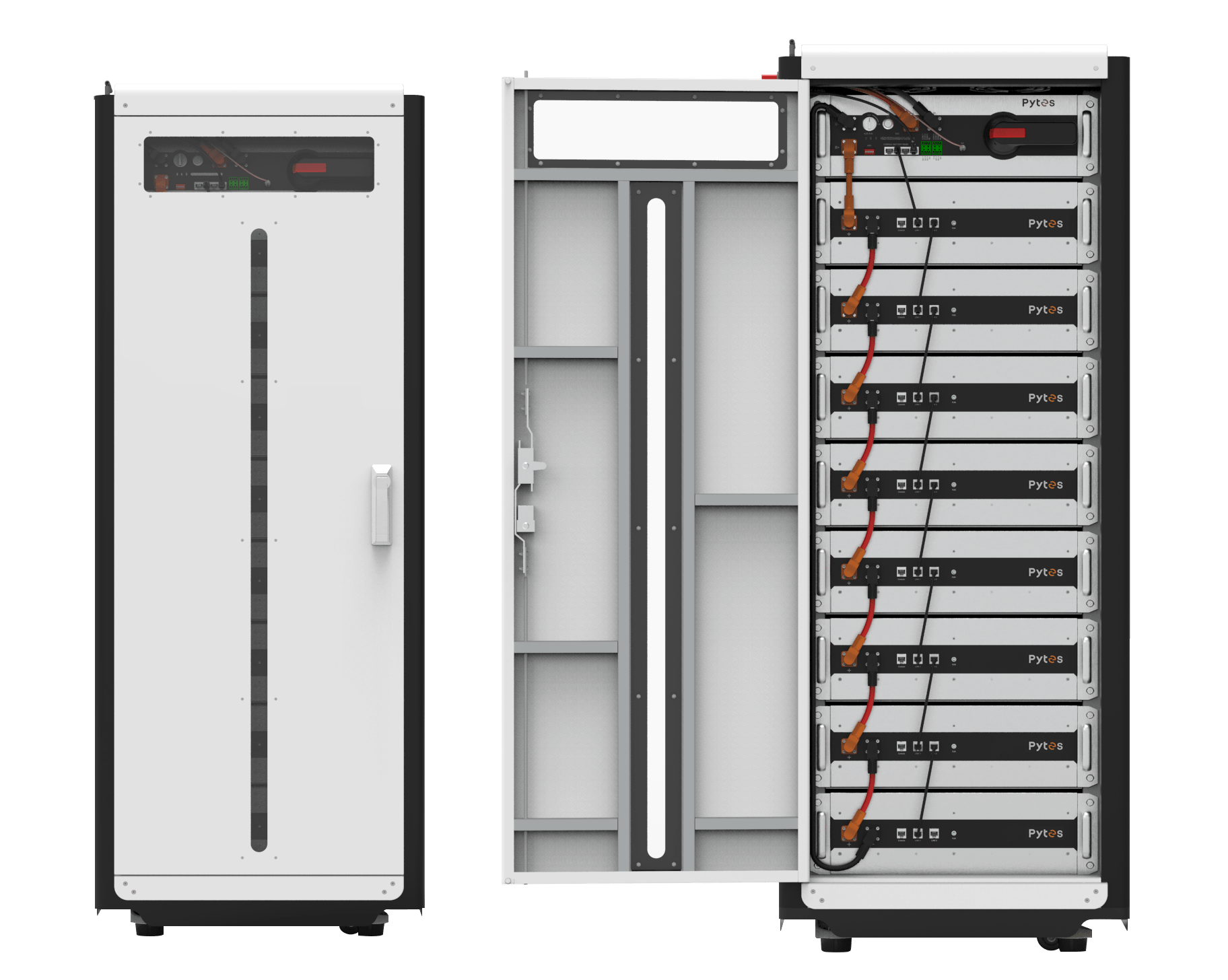As the public's demand for renewable energy continues to grow, the need for efficient and reliable energy storage solutions becomes increasingly important. High-voltage lithium iron phosphate (LFP) batteries are a reliable energy storage option due to their high energy density, long life, and enhanced safety. In this article, we compare high-voltage LFP batteries with other energy storage options.
High Voltage LFP batteries are a subtype of lithium-ion batteries that utilize lithium iron phosphate as the cathode material. One of the key features of High Voltage LFP batteries is their ability to operate at higher voltages, typically in the range of 3.6-3.8 volts per cell. This higher voltage allows for greater energy density and improved performance compared to traditional lithium-ion batteries.

1. Lithium Nickel Manganese Cobalt Oxide (NMC) Batteries
A. Energy Density: While NMC batteries offer higher energy density compared to LFP batteries, they are often less stable and have a shorter cycle life.
B. Cost: NMC batteries tend to be more expensive than LFP batteries, making them less cost-effective for certain applications.
C. Safety: NMC batteries are more prone to thermal runaway and safety concerns, especially at high temperatures.
2. Lithium Iron Cobalt Oxide (LCO) Batteries
A. Energy Density: LCO batteries have high energy density but suffer from lower cycle life and reduced thermal stability compared to High Voltage LFP batteries.
B. Cost: LCO batteries are relatively expensive and may not be as economically viable for large-scale energy storage projects.
C. Applications: LCO batteries are commonly used in consumer electronics due to their high energy density and lightweight design.
3. Lithium Titanate (LTO) Batteries
A. Cycle Life: LTO batteries have an exceptionally long cycle life but lower energy density compared to High Voltage LFP batteries.
B. Fast Charging: LTO batteries excel in rapid charging capabilities, making them suitable for applications that require frequent and quick recharging.
C. Cost: LTO batteries are typically more expensive than LFP batteries, limiting their widespread adoption in certain markets.
High voltage LFP batteries have specific advantages that make them particularly appealing for various applications:
1. Enhanced Efficiency: They exhibit lower internal resistance than conventional batteries, resulting in improved overall efficiency and reduced energy wastage.
2. Higher Power Output: High voltage LFP batteries can deliver higher power outputs suitable for applications requiring rapid bursts of energy—such as EV acceleration or grid stabilization.
3. Fast Charging Capability: Many high voltage LFP models support fast charging options.
Reliable High Voltage LFP Battery Solution: Pytes HV48100
Pytes HV48100 is a distributed high-voltage energy storage system developed by Pytes.Pytes HV48100 can be widely used in charging stations, buildings, factories and other scenarios to realise the functions of peak shifting of weak power systems, emergency back-up power and PV energy storage. It can ensure stable and uninterrupted power supply even in harsh environments.

A. Integrated design: Pytes HV48100 integrates the battery pack, high voltage control box and battery management system in an IP20 rated cabinet. This integrated design simplifies installation and improves system reliability.
B. Peaking and Emergency Backup Power: The HV48100 enables peaking by storing excess energy generated during peak sunlight hours. It also serves as an emergency power backup to ensure reliable power supply in the event of grid interruption or system weakness.
C. System Expansion: The HV48100 supports system expansion up to 15 units in series. This expandability provides the flexibility to meet different energy storage needs and facilitates the cooperative control of multiple units through an intelligent control system.
D. High-performance Battery: Pytes HV48100 uses high-performance LFP energy storage batteries. Equipped with Pytes' independent battery management system, these batteries offer excellent safety, a cycle life of more than 6,000 cycles, and a cycle efficiency of up to 95%.
e. Short charging time: With a peak continuous output of 2.56KW per module, the HV48100 can be fully charged in just 2 hours. This short charging time ensures fast power delivery and reduces downtime.

In conclusion, High Voltage LFP batteries stand out as a reliable and efficient energy storage option, offering high energy density, long lifespan, and enhanced safety features. When comparing LFP batteries to other energy storage technologies like lead-acid, lithium polymer, flow, and solid-state batteries, it becomes clear that LFP batteries are a superior choice for industries seeking optimal performance and reliability.
The Role of High Voltage LFP Batteries in Energy Storage Systems